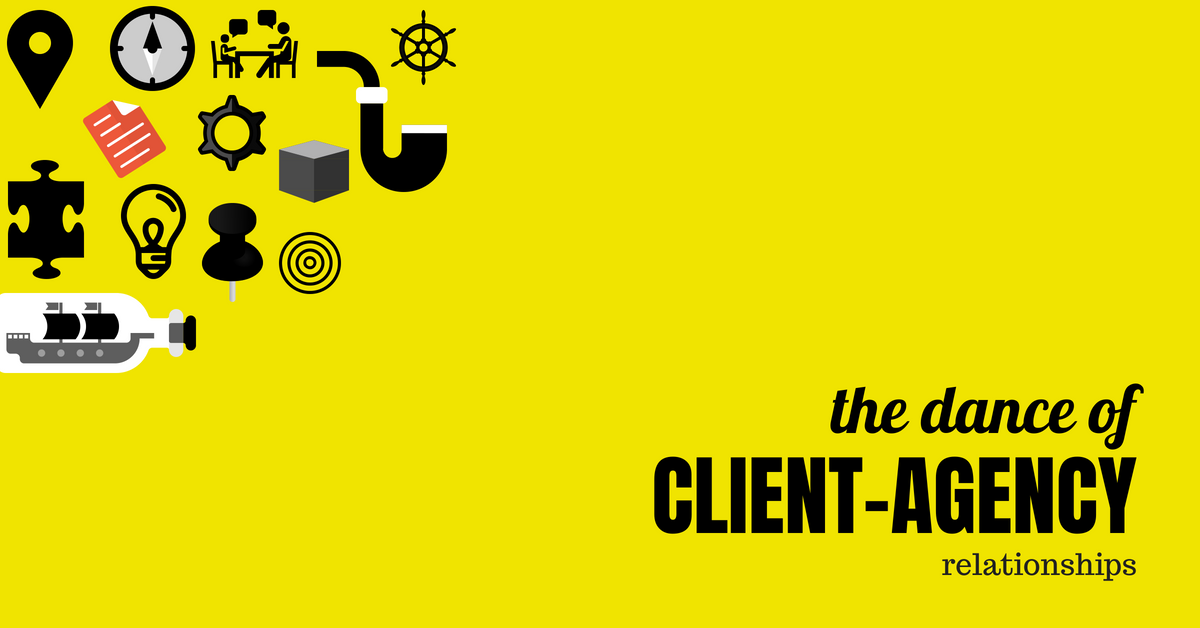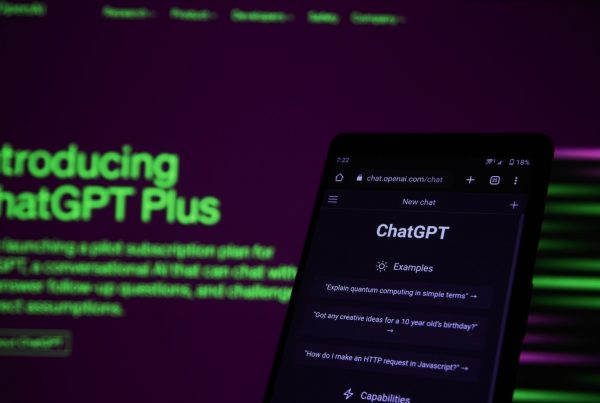“Advertising is based on one thing: happiness. Do you know what happiness is? It is the smell of a new car. It’s freedom from fear. It’s a billboard that screams with reassurance that whatever you’re doing is OK.”
This dialogue from the Netflix series Mad Men alludes to two things involved in the making of any creative product. The goal is happiness – for the person creating it, the client who commissioned it, and for the end consumer. And this happiness means different things for each person.
This difference sometimes comes to a head in the client-agency relationship. In spite of the goals, expectations, and timelines being clear, it becomes a dance or a tug of war. Why? Because we are humans. We have emotions and assumptions, which remain unexpressed. They come into play during our project.
These unsaid ‘things’ are actually emotional motivators or needs that drive our behavior. There are about 300 such motivators. But they manifest in different ways, in the client-agency relationship.
If you are the person developing the product, this might be going on in your inner world:
- You want to be unique. Psychologist Robert J. Sternberg believes that when creating, we measure the value of a product along two aspects – how creative it is to us, and how creative it is for the target industry. We strive to create something novel and non-traditional. Which means, we get invested, and defend these ideas in the face of resistance. It’s personal. There’s passion involved!
- You want the client’s validation. The moment we’re excited about an idea, we want our clients to be too. Researcher Eddie Harmon calls this ‘motivational intensity’– how driven we are to approach or avoid an idea. The higher the energy/ emotion, the higher our motivational intensity. This helps us be focused to take the idea to completion. In fact, we need to experience strong emotions to increase our creative capacity. As they say, the poet needs the pain!
- You want freedom. Given the energy with our idea, we go deep into it. We visualize, articulate, and prototype. This process is called associative thinking, where all avenues of our brain are open. It helps link thoughts, observations, sensory input, existing knowledge, and our subconscious.
Bill Bowerman, founder of Nike, displayed this well. He wanted to improve their running shoes, and was seeking a novel solution. Inspiration struck when he noticed a waffle iron. He poured hot rubber into it. Multiple times. In the process, he made a shoe whose girded rubber sole gripped running tracks better. Such a process asks for freedom. But that’s not often the case for you, right?
But what if you’re the client? Here’s what might be happening:
- You want to be understood. You have dreamt into the creative product. And that shapes the expectations you have of the product and the agency. But are you able to articulate all those expectations? Probably not. Yet, you have a strong need to be understood, and your ideas heard.
It’s the classic situation where both the fox and the stork want to eat soup. The fox can lap it up if it’s served in a saucer. But the stork has a long beak and can have the soup only if it’s in a bottle. One won’t work for the other. Yet, when they hang out together, they expect each other to know their needs without articulating them. This is reflective of the client-agency communication too.
- You want maximum value. Since it’s a creative product you set in motion, you want value for your investment – financial, emotional, and your time. As does the creative agency. But, friction occurs because the understanding of value is subjective. What’s trash to one man is treasure to another.
- You want to prove yourself. You’re operating under certain directives, and need consensus from decision makers in your team. In the ‘Hierarchy of client needs’ designed by Carey Wilkins, President of Evolytics, you’re at the stage where you want the agency to make you successful. You are dedicated to winning, because you want to prove your mettle. However, the creative agency is not aware of the nitty-gritties of your professional pressures. And, those impact you deeply.
The question then: how do we uncover the unsaid, to have stronger, fulfilling client-agency relationships? The challenge seems more deeply seated in human needs, than in the professional dynamic. We know it is possible. Companies like General Electric and BBDO, an ad agency, have worked together for 96 years. Now, that’s something. And we all want it.
So maybe, heeding to the Dead Poets Society, we need to stand upon our desk to remind ourselves, that we must constantly look at things in a different way. We want to lean into your wisdom here. Whichever side of the coin you are on. What would you do, to ease the friction?





